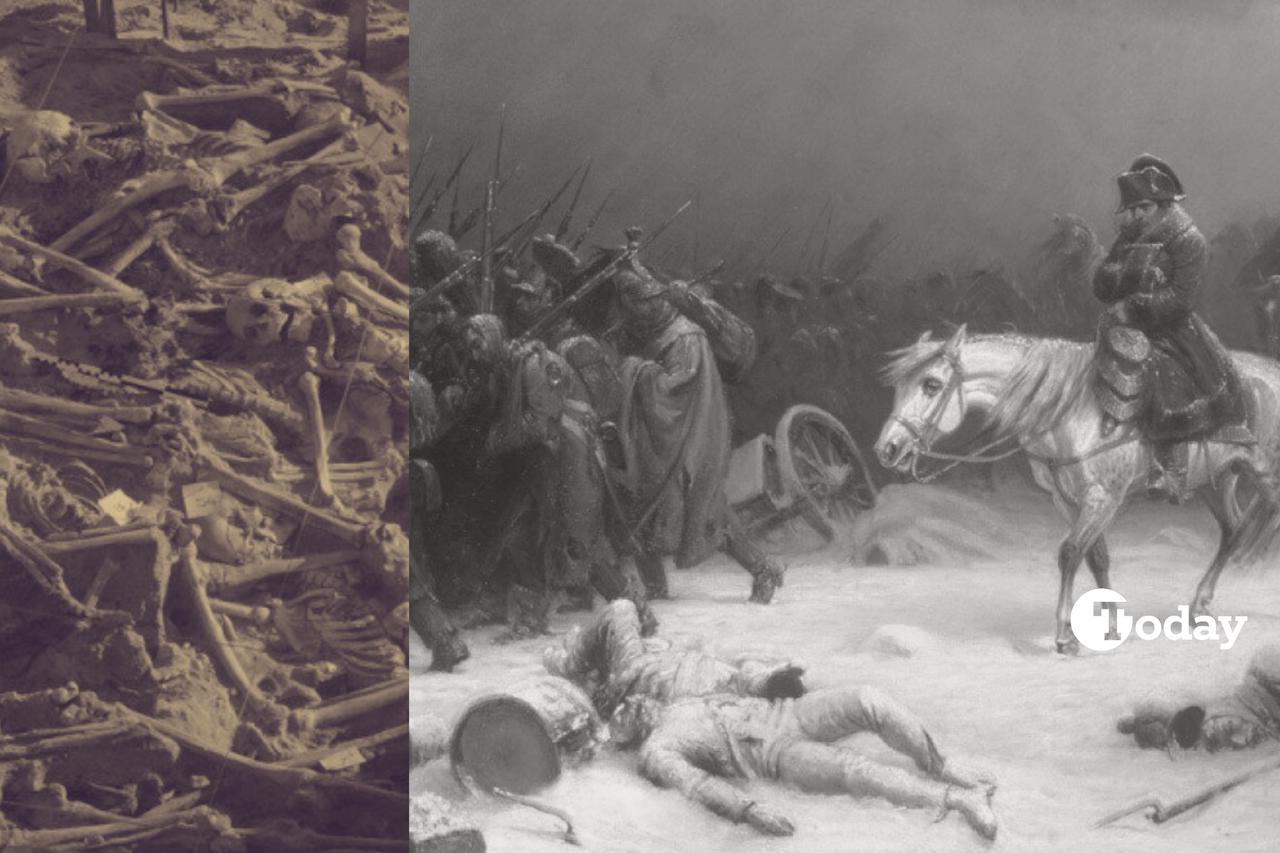
A new study by researchers from Institut Pasteur, the University of Tartu, and Aix-Marseille University has revealed that infectious diseases—rather than enemy forces—were a major cause of Napoleon’s army’s collapse during its retreat from Russia in 1812.
By sequencing ancient DNA (aDNA) from the teeth of 13 soldiers discovered in a mass grave in Vilnius, Lithuania, scientists identified two previously unsuspected pathogens: Salmonella enterica Paratyphi C, which causes paratyphoid fever, and Borrelia recurrentis, the bacterium responsible for louse-borne relapsing fever.
These findings challenge the long-held belief that typhus was the principal disease behind the army’s devastation. The new genomic evidence instead points to a deadly mix of paratyphoid and relapsing fevers contributing to the deaths of tens of thousands of soldiers during the catastrophic winter withdrawal from Moscow.
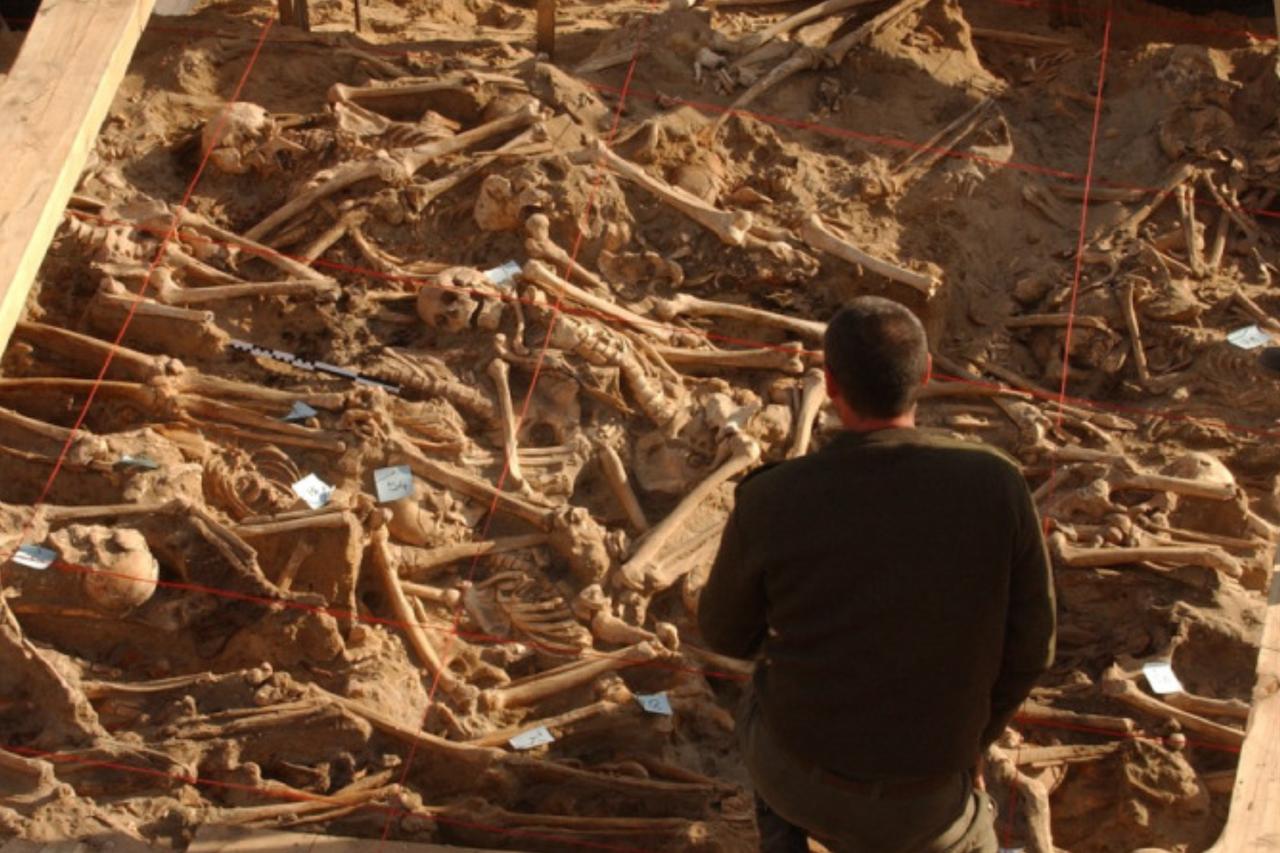
The mass burial site in Vilnius, first excavated in 2002, contained the remains of more than 3,000 soldiers of Napoleon’s Grande Armee. Earlier hypotheses based on limited DNA testing and historical accounts linked the deaths to typhus and trench fever, both spread by lice.
Using modern high-throughput sequencing and a phylogeny-driven authentication workflow, the team reanalyzed samples from 13 individuals, allowing for much more accurate pathogen identification
Among the tested remains, four yielded traces of S. enterica Paratyphi C, and two contained B. recurrentis DNA. No evidence was found for Rickettsia prowazekii or Bartonella quintana, the pathogens responsible for typhus and trench fever respectively.
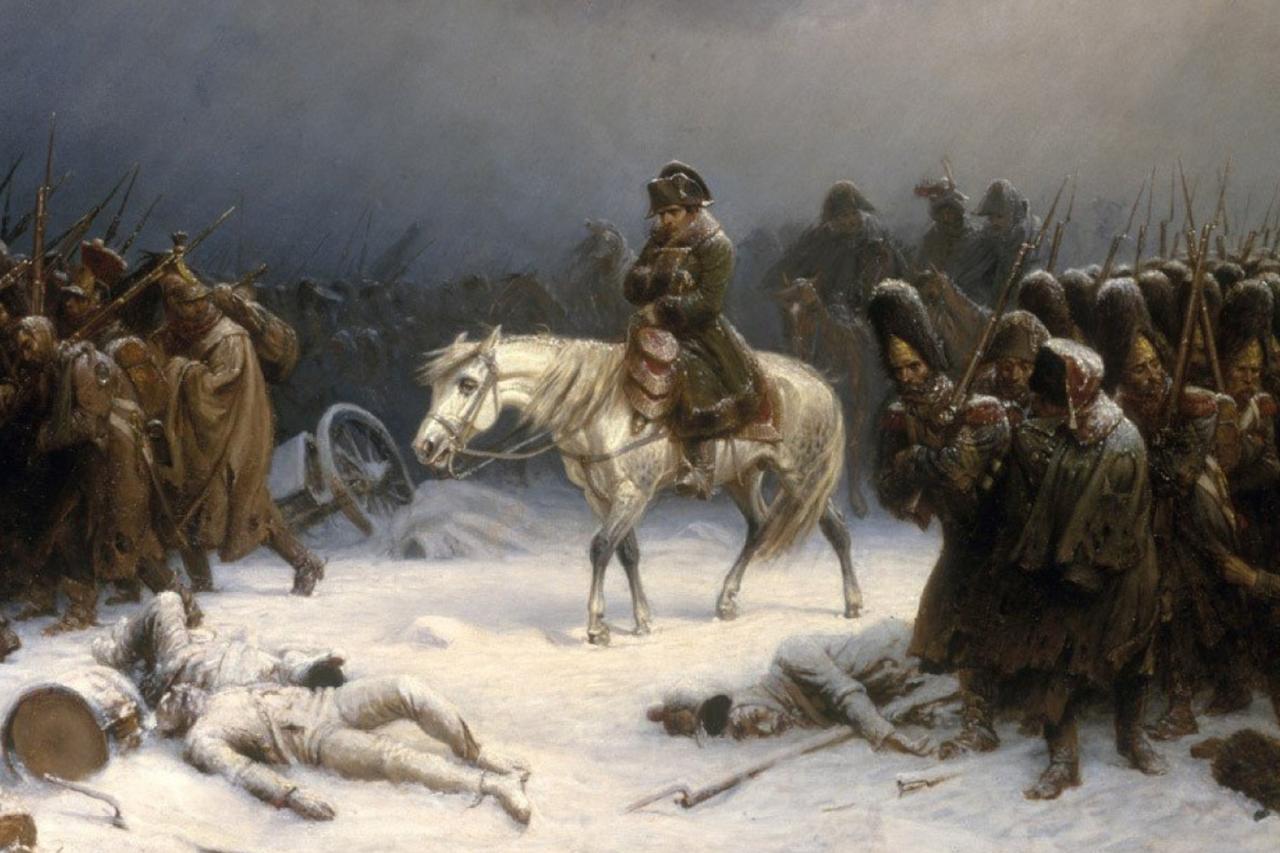
Paratyphoid fever, a bacterial infection transmitted through contaminated food or water, causes high fever, headache, fatigue, and digestive disorders. While historically overshadowed by typhus, paratyphoid was already present in Europe in the early 19th century.
The soldiers’ symptoms—documented in 1812 medical accounts—match paratyphoid’s profile, including severe diarrhea and intestinal irritation after consuming contaminated food such as salted vegetables and water.
Nicolas Rascovan, lead author from Institut Pasteur, emphasized that the findings represent the first direct genetic evidence linking paratyphoid to Napoleon’s retreat. He noted that the disease may have severely weakened soldiers already suffering from hunger and frostbite, leading to mass fatalities.
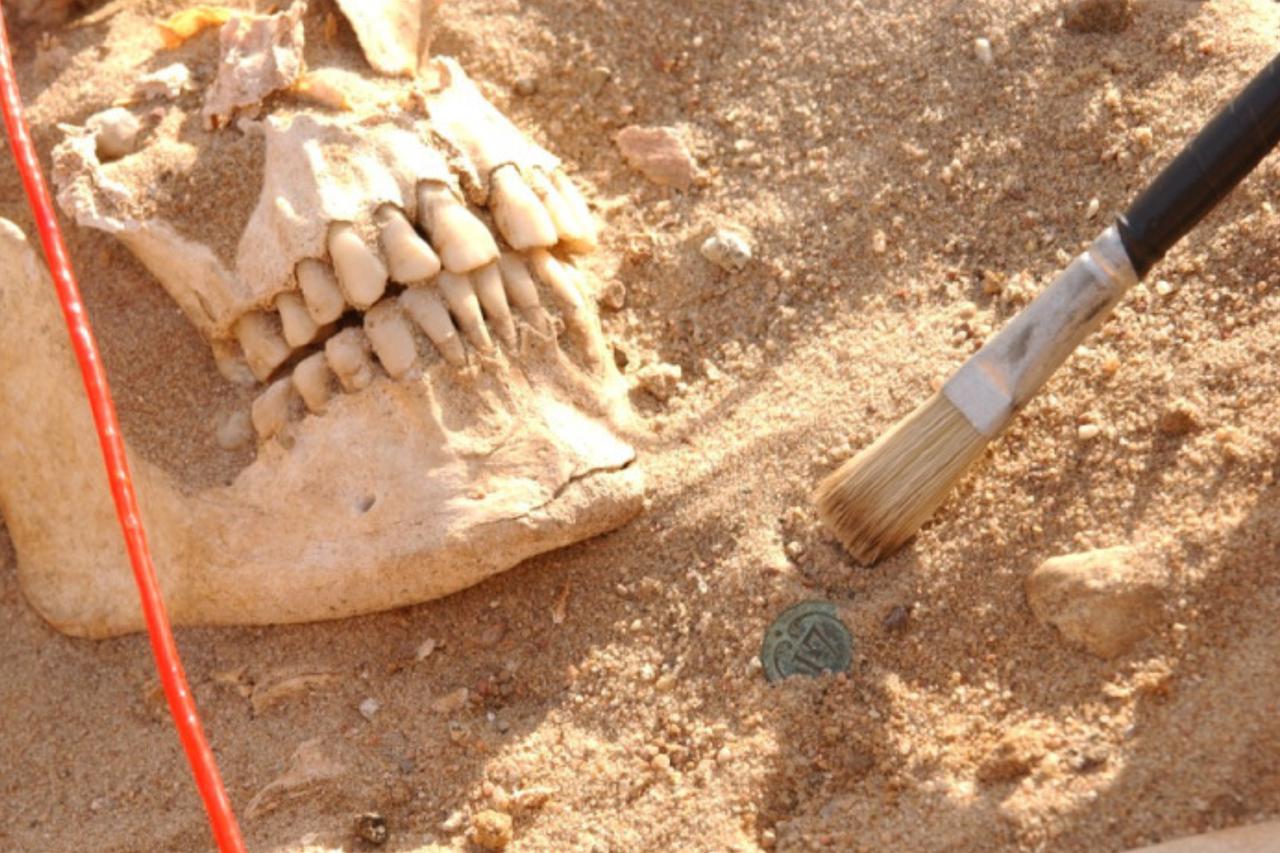
The team also found genetic traces of B. recurrentis, which causes louse-borne relapsing fever—a disease marked by recurring high fevers, weakness, and dehydration. Spread rapidly in crowded, unhygienic conditions, the infection would have been particularly lethal in an army exhausted and deprived of proper shelter during the retreat through freezing temperatures.
Although the bacteria’s presence was confirmed in only two individuals, the researchers believe the infection likely circulated more widely within the ranks, contributing to the overall health crisis.
The study’s results indicate that the fall of Napoleon’s Grande Armée stemmed from a combination of exhaustion, starvation, freezing weather, and multiple concurrent infections. While typhus cannot be ruled out entirely, the newly confirmed pathogens—paratyphoid and relapsing fever—offer a more complex explanation for the rapid and widespread mortality among soldiers.
The research team’s approach, using metagenomic screening and phylogenetic placement of ultra-degraded bacterial DNA, marks a major advance in paleopathology. It shows how ancient DNA sequencing can resolve long-standing debates about historical epidemics, even when only trace fragments survive.
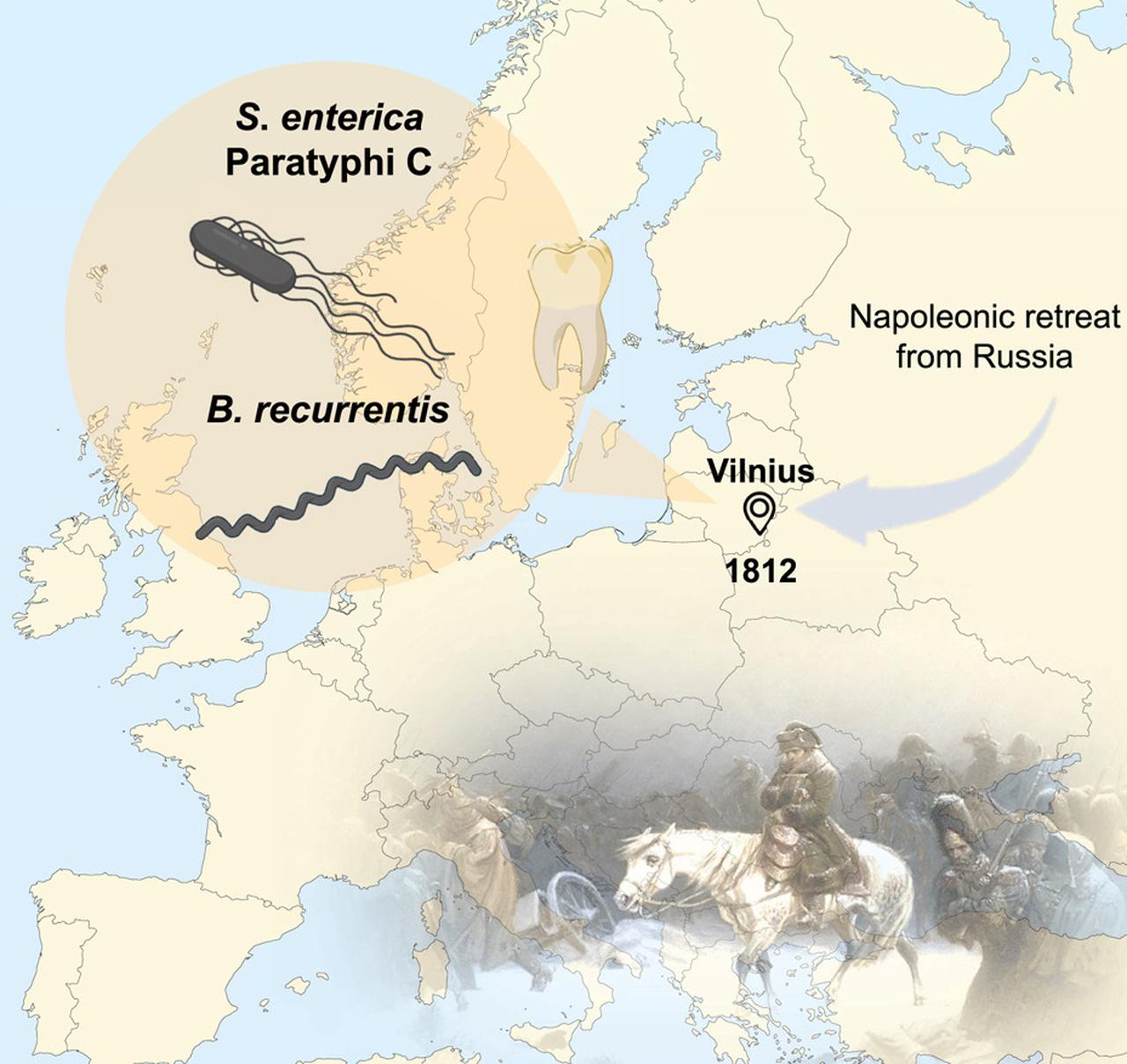
The authors underline that only 13 individuals were analyzed out of the thousands buried in Vilnius. Broader sampling may reveal an even more diverse range of pathogens.
As Rascovan noted, “High-throughput sequencing of ancient DNA gives us an extraordinary window into the biological causes of past disasters—and helps us understand how disease shaped the course of history.”